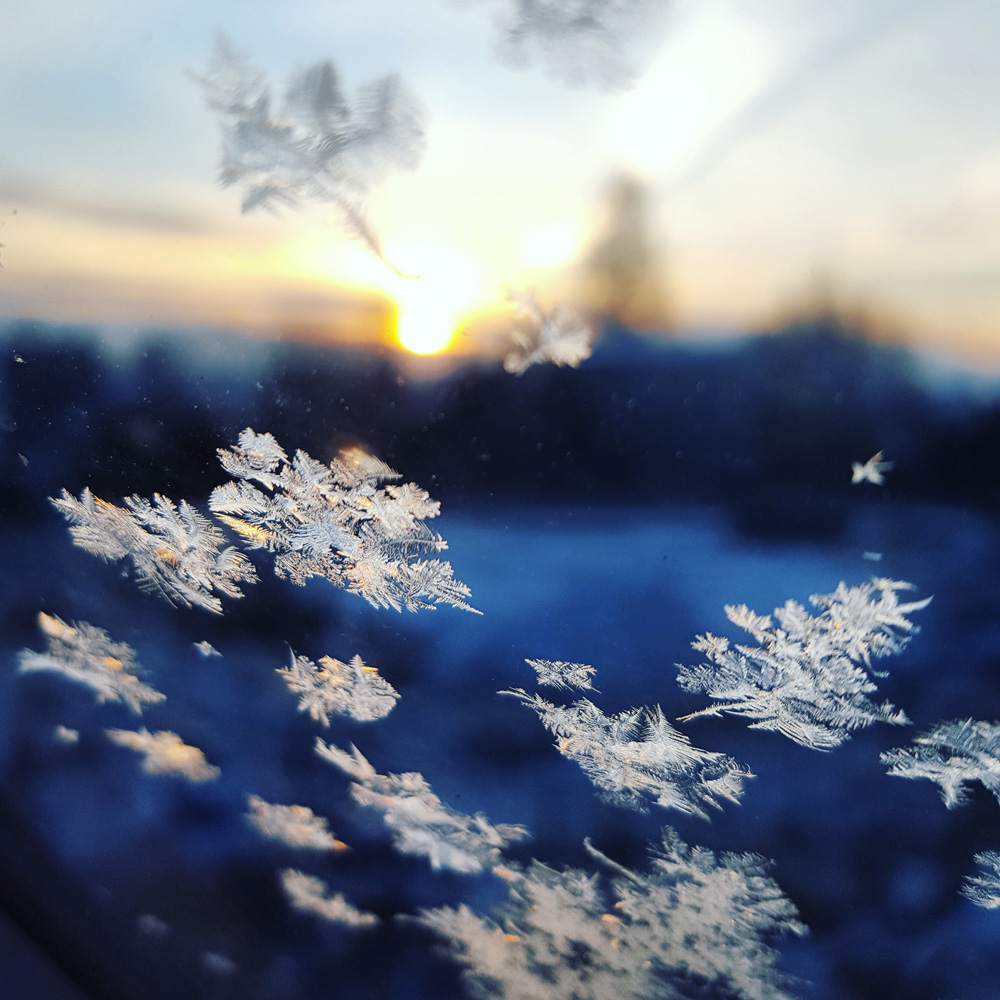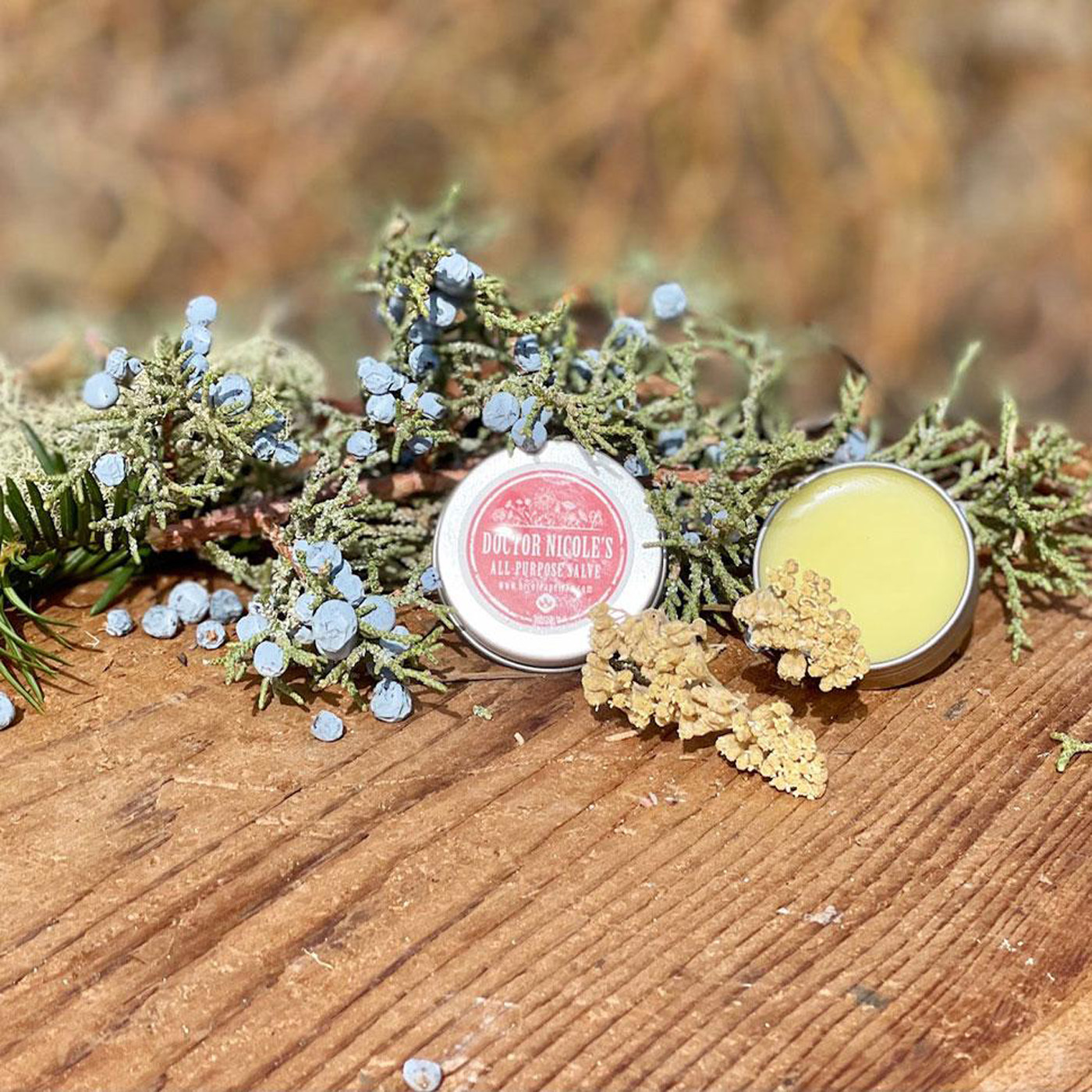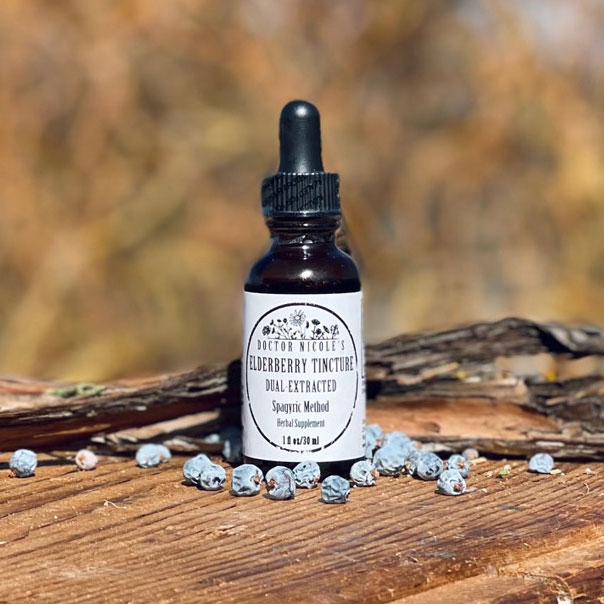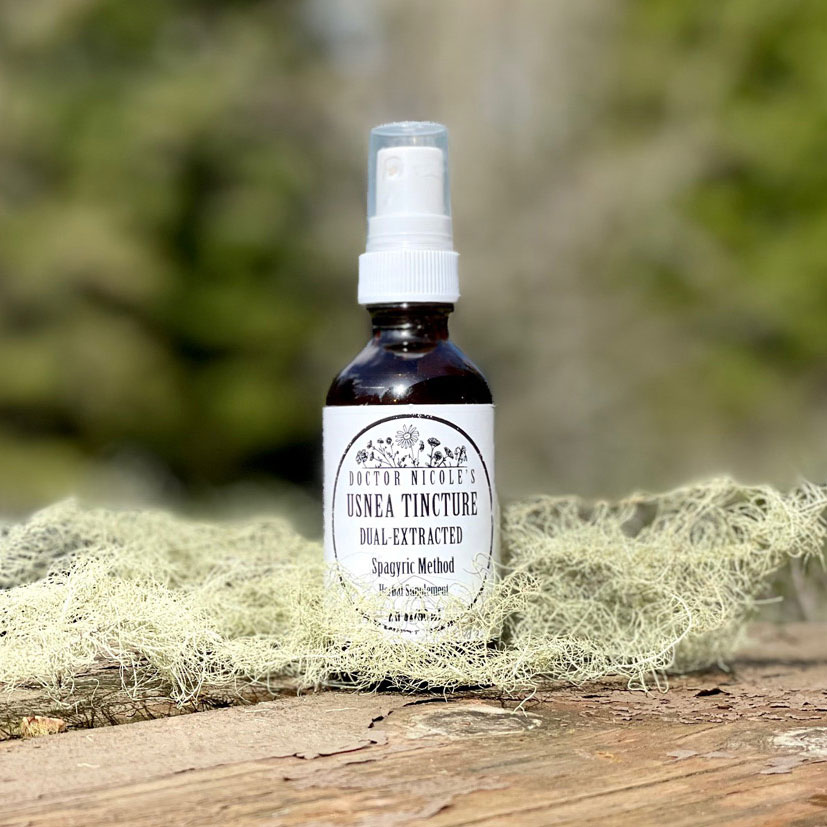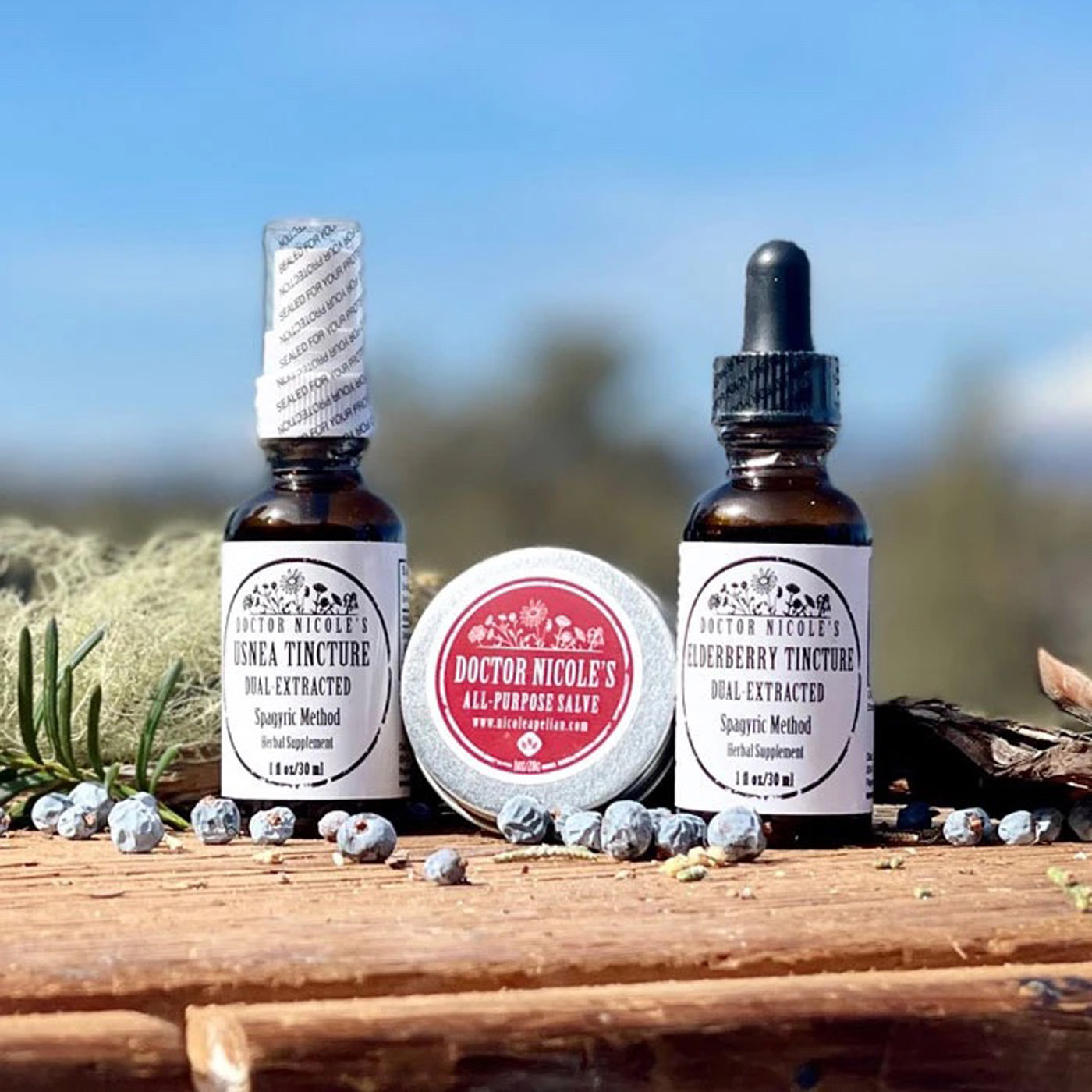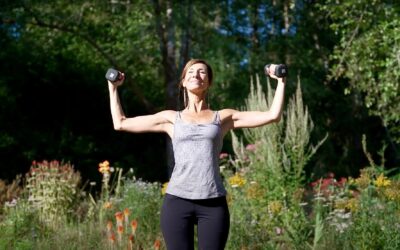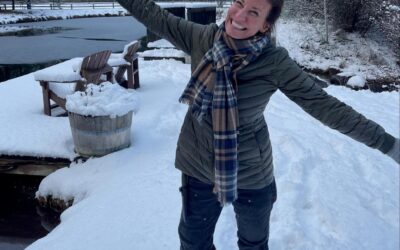The Surprising Benefits of Cold Exposure
While submerging yourself in cold water or wearing lightweight clothing during the frigid seasons of autumn and winter may seem counterintuitive, it is a practice that has been around for centuries to boost the immune system and reinvigorate health. Advocates claim it increases energy and clarity, reduces inflammation and pain, improves circulation, and supports rejuvenating sleep. Studies have shown it can help to alleviate depression too. Let’s have a look at what the science has to say, as well as how to safely adopt this habit for wellbeing and health.
Inflammation and Pain Relief
It is well-known in athletic circles that applying cold to an injured or sore spot on the body helps to reduce pain and inflammation. Taking it a step further, professional and novice athletes alike are immersing themselves completely in cold water (many times with ice) for 10 minutes or more. Studies have shown that this type of hydrotherapy helps to reduce the pain and inflammation associated with intense training sessions.1,2 The reason for this is when cold is applied to the skin the blood vessels constrict, which reduces blood flow, swelling, and inflammation. It is similar to the idea behind applying an ice pack to an injured area of the body. But that’s not all. Cold water therapy also helps to speed up your metabolism and burn body fat.

Weight Loss
If you have heard about brown fat tissue (BAT), you know that it is an active type of fat that helps to burn calories and create heat from our food (otherwise known as thermogenesis).3,4 This is good news for those who would like to increase their metabolism. In fact, researchers believe that increasing BAT could be a novel way to address the obesity epidemic.5 And one of the top ways to boost your brown fat tissue is exposure to cold temperatures — either via cold hydrotherapy or wearing lightweight clothing in frigid climates.
What’s more, exposure to the cold promotes increased calorie use via shivering or nonshivering thermogenesis.6 If that wasn’t enough, it also triggers more adiponectin production to further encourage calorie burning. One study found that those exposed to the cold experienced a significant boost in their metabolism with an astounding 80% increase.7
Eases the Symptoms of Depression and Anxiety
Need another reason to try cold therapy? It helps to treat mood disorders. One case study found that open water swimming significantly helped a young woman struggling with anxiety and major depression. She began a trial of weekly open water swimming, which immediately improved her mood. Before long, her symptoms decreased to the point where she was able to stop taking the medication prescribed for the conditions. After a year, she was still swimming regularly and her symptoms had not returned. She remains medication-free to this day.8
Likewise, a study published in the journal Medical Hypotheses also found that cold therapy is effective in treating depression.9 The participants took two cold showers per day that were preceded by a 5-minute adaptation process of gradually cooling the water. The fully cold water segment lasted for 2-3 minutes. The researchers noted that exposure to cold activates “the sympathetic nervous system and increases the blood level of beta-endorphin and noradrenaline and to increase synaptic release of noradrenaline in the brain as well”, which helps to relieve depression.
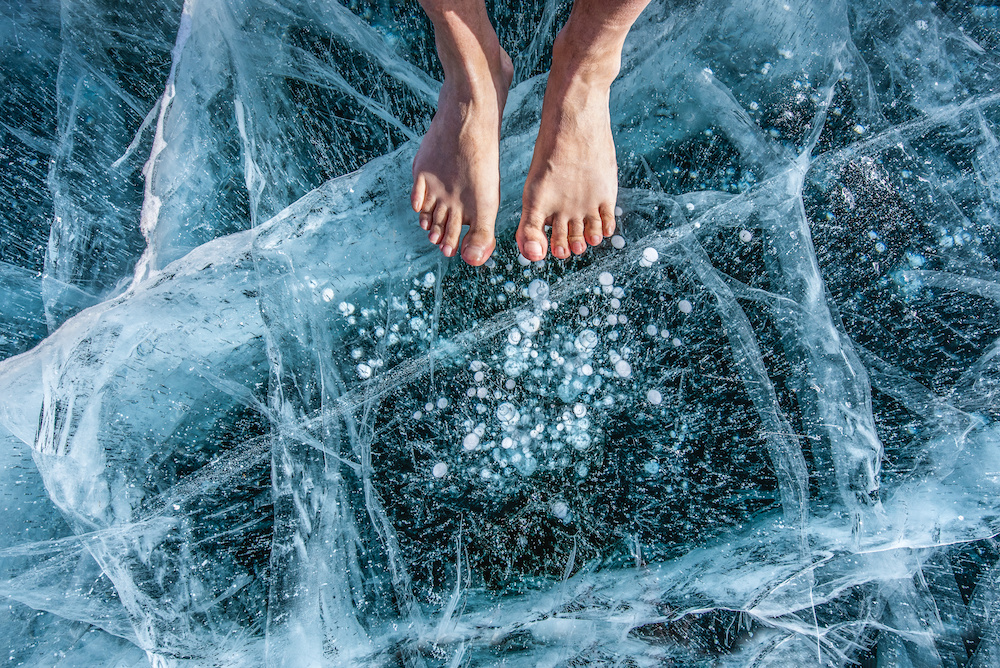
Boosts the Immune System
Cold therapy has also shown to be effective for improving immune function. Along with deep breathing exercises and meditation, participants in a Dutch study also immersed themselves in cold water to boost immunity.
The results showed that when they were exposed to a bacterial infection, they had less overall symptoms than those who didn’t use the techniques and produced higher levels of anti-inflammatory compounds and less pro-inflammatory cytokines.10
Another study found that the immune system was activated when athletic young men were submerged in cold water three times a week for six weeks. The research team concluded that repeated cold water immersions produced “… a small, but significant, increase in the proportions of monocytes, lymphocytes with expressed IL2 receptors (CD25) and in plasma tumor necrosis factor alpha content was induced. An increase in the plasma concentrations of some acute phase proteins, such as haptoglobin and haemopexin, was also observed.”11
Safely Using Cold Therapy
Before beginning any cold therapy involving whole body immersion, always talk with your doctor first. If you haven’t acclimatized yourself gradually, it can lead to a cold shock response or even a heart attack since cold therapy impacts your circulatory system — including blood pressure. If you plan to swim in frigid open water, always do so with someone present to monitor you as being fully exposed to cold water can cause mental disorientation and impact your reasoning. And it is always a good idea to keep sessions brief when first starting out — under a minute or two. This applies to cold showers as well. Once you are finished, make sure to warm-up quickly with a hat, gloves, and other insulating clothing.
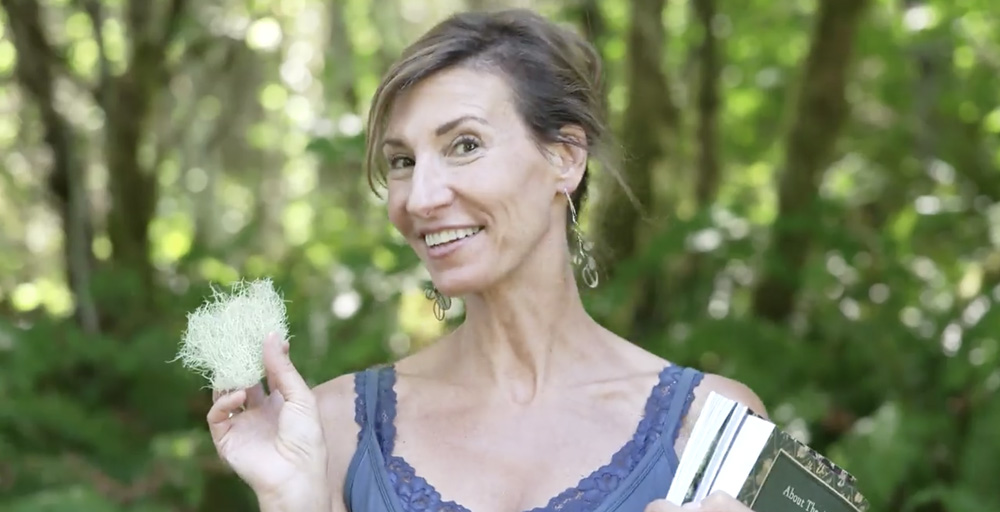
Herbal Solutions: Immune Health
As we enter into the cold and flu season, it is important to support the health of our immune system to ward-off any contagious illness making the rounds. Getting enough sleep, lowering stress, eating a nutrient dense diet, and cold therapy all play a role to this end. As do herbal medicines. My top three favorite remedies for the prevention and treatment of illness are Elderberry, Usnea Lichen, and our All-Purpose (First Aid) Salve.
Elderberry Tincture is outstanding for shortening the duration of colds and the flu. Interestingly, a study published in the medical journal Autoimmunity Reviews found that “the use of elderberry supplements should be considered at an early course of the [severe respiratory] disease”. What’s more, it is safe to use by children and those with an autoimmune condition or viral respiratory illness as it does not over-stimulate the immune system or create a ‘cytokine storm’.
My antibacterial, anti fungal, and antimicrobial All-Purpose (First Aid) Salve helps to prevent contagious illness from taking hold when applied to the inside of the nose. It is also helpful for healing rashes, cuts, scrapes, and burns.
Our Usnea Tincture Spray is a potent herbal antibiotic, antiviral, antimicrobial, and antifungal. It helps to address bronchitis, pneumonia, sinus infections, strep throat, Epstein-Barr, tuberculosis, and herpes. It can be sprayed on the back of the throat to prevent and treat illness.
All three are included in my convenient Travel Pack or available individually.
Are you ready to experience the power of herbal remedies for yourself? Visit the apothecary today to learn more!
All my best to you,
Nicole Apelian
Nicole’s Apothecary Products in this Post
References
- Stanley, J., Buchheit, M., & Peake, J. M. (2012). The effect of post-exercise hydrotherapy on subsequent exercise performance and heart rate variability. European journal of applied physiology, 112(3), 951–961. https://doi.org/10.1007/s00421-011-2052-7
- Kwiecien, S. Y., & McHugh, M. P. (2021). The cold truth: the role of cryotherapy in the treatment of injury and recovery from exercise. European journal of applied physiology, 121(8), 2125–2142. https://doi.org/10.1007/s00421-021-04683-8
- Betz, M. J., & Enerbäck, S. (2018). Targeting thermogenesis in brown fat and muscle to treat obesity and metabolic disease. Nature reviews. Endocrinology, 14(2), 77–87. https://doi.org/10.1038/nrendo.2017.132
- Saito, M., Matsushita, M., Yoneshiro, T., & Okamatsu-Ogura, Y. (2020). Brown Adipose Tissue, Diet-Induced Thermogenesis, and Thermogenic Food Ingredients: From Mice to Men. Frontiers in endocrinology, 11, 222. https://doi.org/10.3389/fendo.2020.00222
- Saito, M., Matsushita, M., Yoneshiro, T., & Okamatsu-Ogura, Y. (2020). Brown Adipose Tissue, Diet-Induced Thermogenesis, and Thermogenic Food Ingredients: From Mice to Men. Frontiers in endocrinology, 11, 222. https://doi.org/10.3389/fendo.2020.00222
- Lichtenbelt, W. v., Kingma, B., van der Lans, A., & Schellen, L. (2014). Cold exposure–an approach to increasing energy expenditure in humans. Trends in endocrinology and metabolism: TEM, 25(4), 165–167. https://doi.org/10.1016/j.tem.2014.01.001
- Ouellet, V., Labbé, S. M., Blondin, D. P., Phoenix, S., Guérin, B., Haman, F., Turcotte, E. E., Richard, D., & Carpentier, A. C. (2012). Brown adipose tissue oxidative metabolism contributes to energy expenditure during acute cold exposure in humans. The Journal of clinical investigation, 122(2), 545–552. https://doi.org/10.1172/JCI60433
- van Tulleken, C., Tipton, M., Massey, H., & Harper, C. M. (2018). Open water swimming as a treatment for major depressive disorder. BMJ case reports, 2018, bcr2018225007. https://doi.org/10.1136/bcr-2018-225007
- Shevchuk N. A. (2008). Adapted cold shower as a potential treatment for depression. Medical hypotheses, 70(5), 995–1001. https://doi.org/10.1016/j.mehy.2007.04.052
- Kox, M., van Eijk, L. T., Zwaag, J., van den Wildenberg, J., Sweep, F. C., van der Hoeven, J. G., & Pickkers, P. (2014). Voluntary activation of the sympathetic nervous system and attenuation of the innate immune response in humans. Proceedings of the National Academy of Sciences of the United States of America, 111(20), 7379–7384. https://doi.org/10.1073/pnas.1322174111
- Janský, L., Pospísilová, D., Honzová, S., Ulicný, B., Srámek, P., Zeman, V., & Kamínková, J. (1996). Immune system of cold-exposed and cold-adapted humans. European journal of applied physiology and occupational physiology, 72(5-6), 445–450. https://doi.org/10.1007/BF00242274

